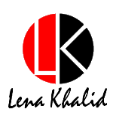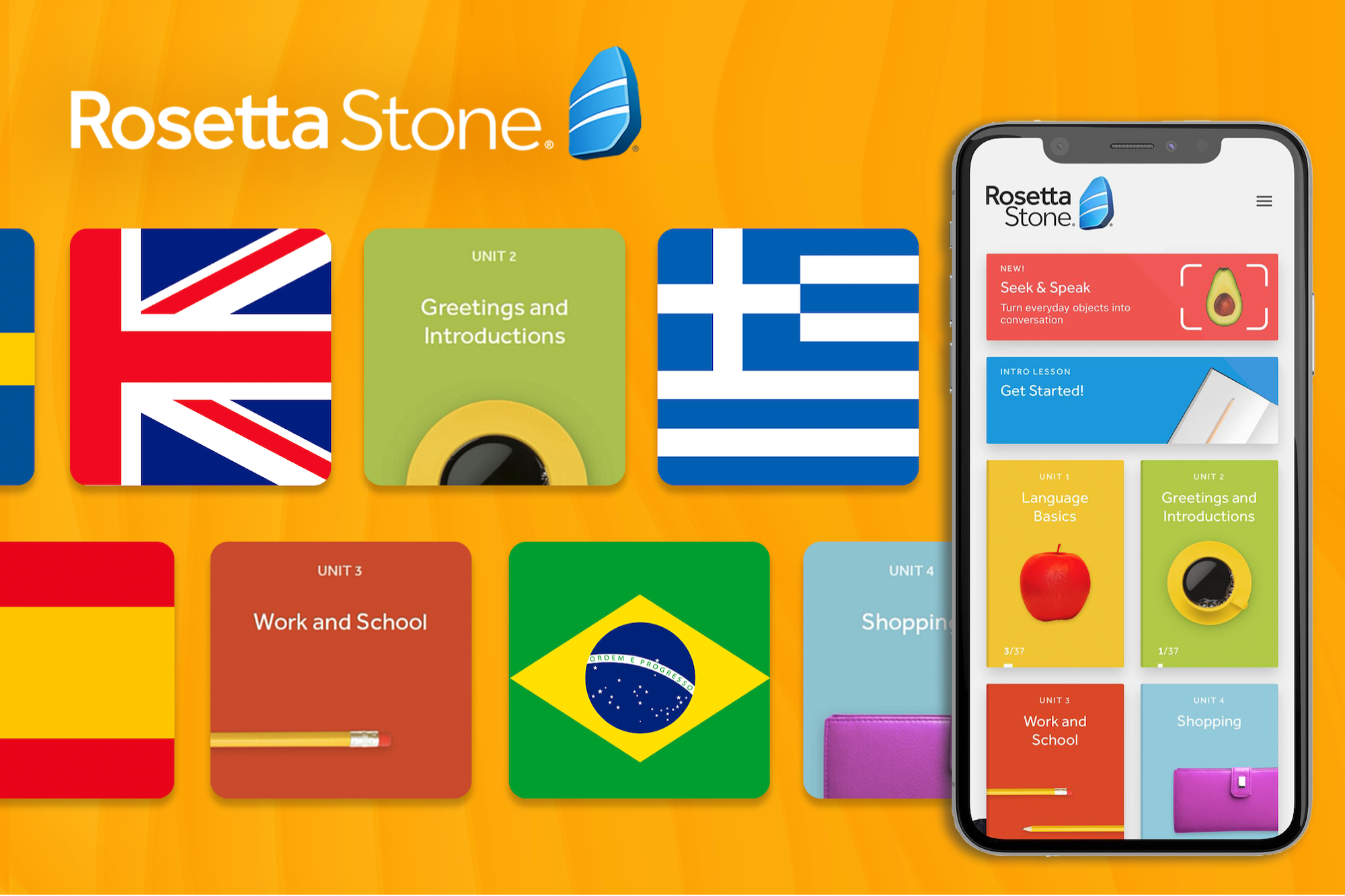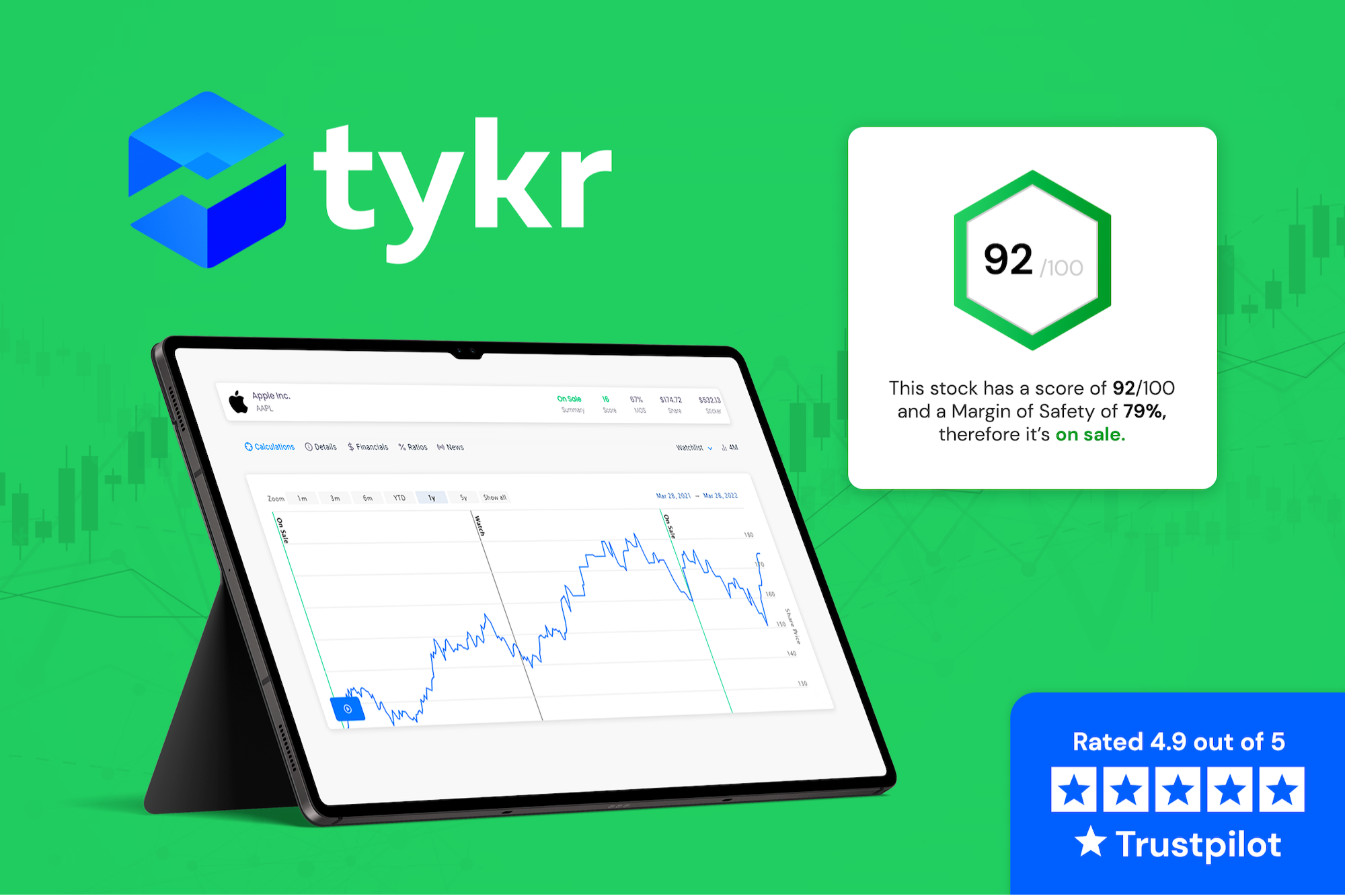
PageRank Is Dead. What Marketers Need Now Is Trust Flow
Poor PageRank. We knew it. We used it. We sang its praises.
But, alas, PageRank is dead. And the world has changed — at least when it comes to search engine optimization (SEO), scoring and optimization.
As an industry, we’ve had some time to get adjusted. John Mueller announced in 2013 that Google would no longer be updating Toolbar PageRank — its system for ranking web pages based on value. In the two years since that bomb dropped, we’ve redefined the essence of what is really important when it comes to SEO measurement, and a new scoring model has emerged: trust flow.
Created by Majestic SEO, trust flow is essentially a metric that determines the quality of a site based on its links with other sites in its niche. Great content and quality links have always been important to Google. But now there is an even greater emphasis on high-quality linking and topical rankings which better appeal to the value-based search system that Google is promoting on the modern Internet.
So what does this mean to your digital-marketing strategy? In a nutshell, you want to make sure your website is linking to other high-quality digital marketing websites.
Here are a few other important things to know about trust flow.
1. PageRank may be dead, but keywords live on.
After the shift to quality content and backlinking, some marketers have declared that keywords are dead. But in truth, it’s more important now than ever to practice good keyword usage — or to use words appropriate to your niche and audience.
The use of strong keywords not only helps you better connect with your audience, but it’s good for the industry as a whole. The move away from the old-school PageRank model helps champion the end of keyword stuffing. This practice of loading a webpage with keywords or numbers in an attempt to manipulate a site’s ranking in Google search results is the opposite of the quality-not-quantity landscape cultivated by trust flow.
If you’re just kicking off your first keyword-centric SEO strategy, start with the gold standard. Google AdWords continues to be one of the best ways to help you find the most optimized keywords and bring in the most quality leads. Combine it with a data-capture solution, and you’ll not only have powerful data on your prospects at your disposal — you’ll even know what brings them to your website.
2. When it comes to backlinks, quality is more important than quantity.
We all know that producing content regularly is high on Google’s list of demands, but creating relevant and topical content is more important.
By creating content for your market — i.e., delivering messaging that is on topic and geared toward addressing audience needs, you’ll attract more relevant users to your site and enjoy a bump in authority score on the particular topic in question.
How does it work? It’s pretty simple, really: The higher your trust flow (or backlinking quality), the better you will rank in Google. In essence, this is Google’s way to verify expert sources and place them closer to the top of search for readers to find.
National Geographic versus Wikipedia is a good example. With PageRank, crowd-sourced content from Wikipedia would rank higher because of sizable traffic and backlinks. With trust flow, expert content from National Geographic now ranks higher because of its trustworthy, niche information.
So how do digital marketers earn better rankings under this new system? By creating fresh, highly informative content and naturally acquiring authoritative backlinks. This organic process takes time and some strategy, but it builds a solid foundation for your brand. Guest posting is one way to get quality backlinks. Just don’t overdo it.
Remember: You still need to follow the old rules when it comes to meta tags, descriptions and quick load time. Description and title tags build site quality and authority along with topical relevance, which equals better trust flow.
3. Like PageRank, trust flow needs to be measured.
As marketers, measurement is key to showing our success and — more importantly — duplicating our efforts in the future. Like PageRank, trust flow can and should be measured. This means you should track and analyze the trust flow score (or page strength) associated with the URLs linked in your content.
Some free trust flow tracking options are available, including add-ons for Google Chrome and Firefox and Website SEO Checker’s Citation Flow and Trust Flow Checker.
With trust flow emerging as the leading driver of search ranking, digital marketers must focus on linking to quality sites to stay on top. This means their content-marketing strategy should include linking to web pages that have high topical trust flow scores or established authority in the desired niche.




This Post Has 0 Comments